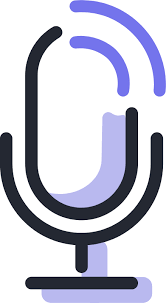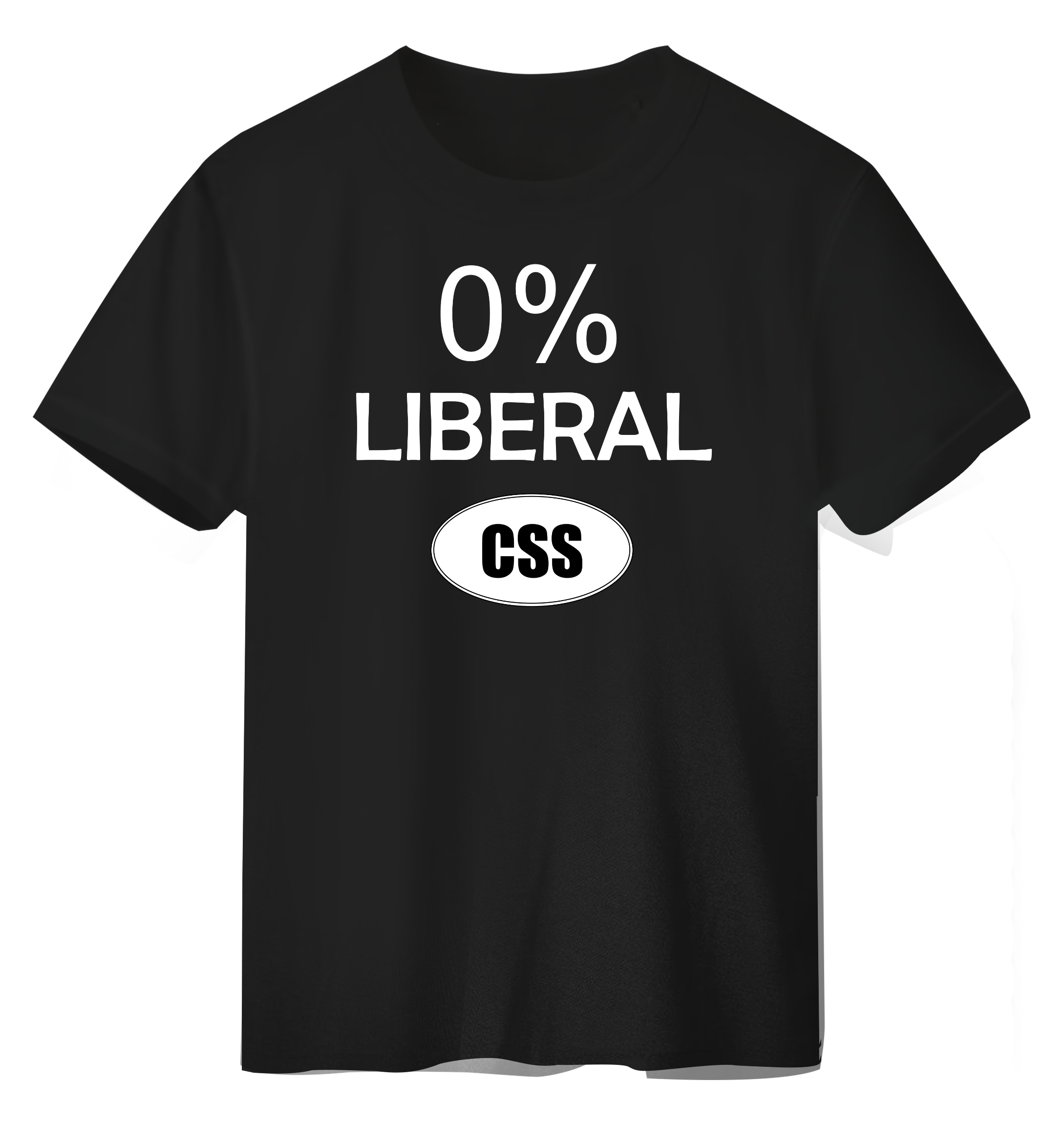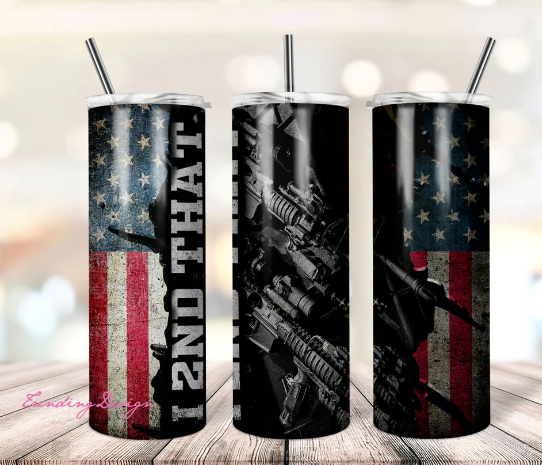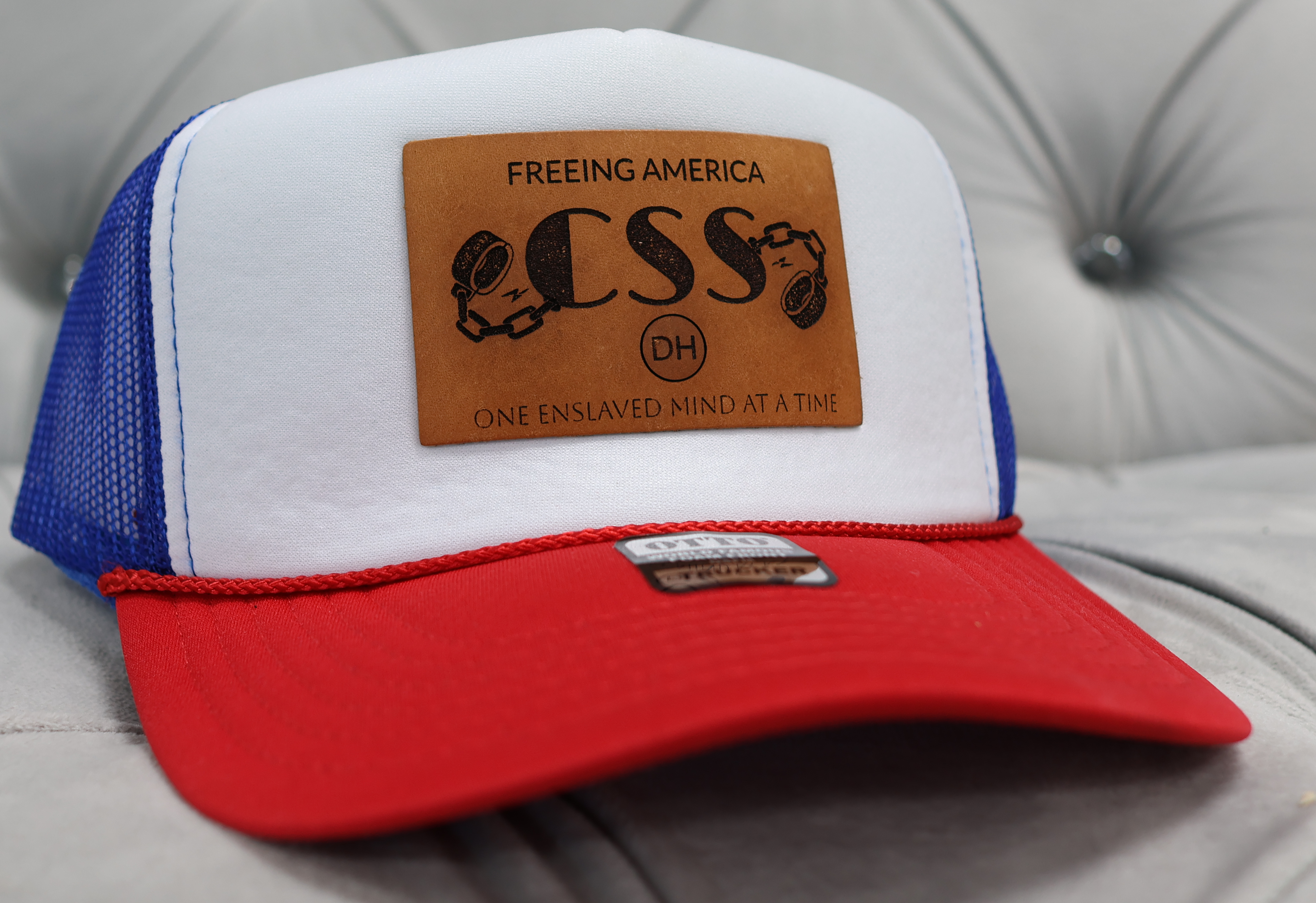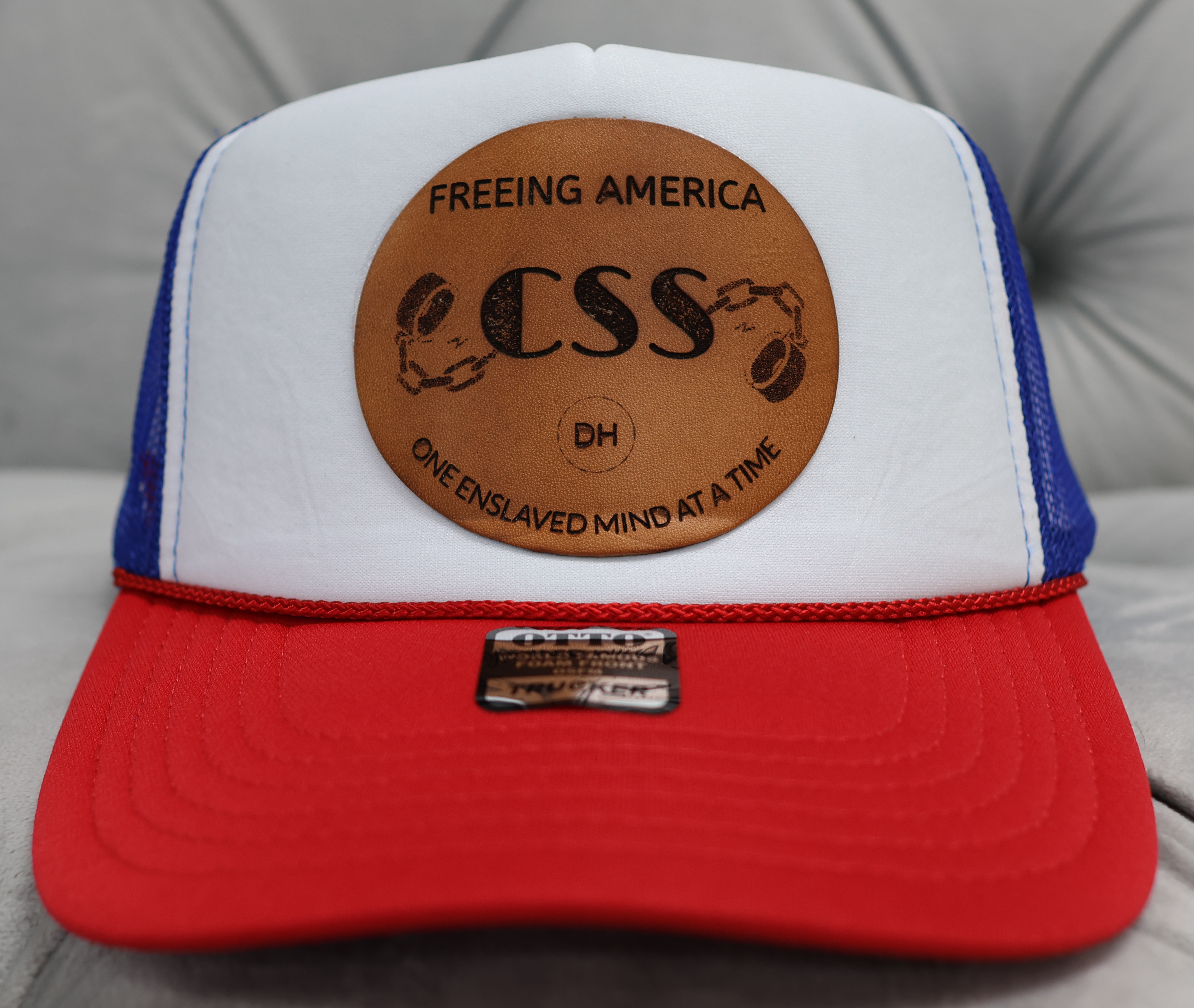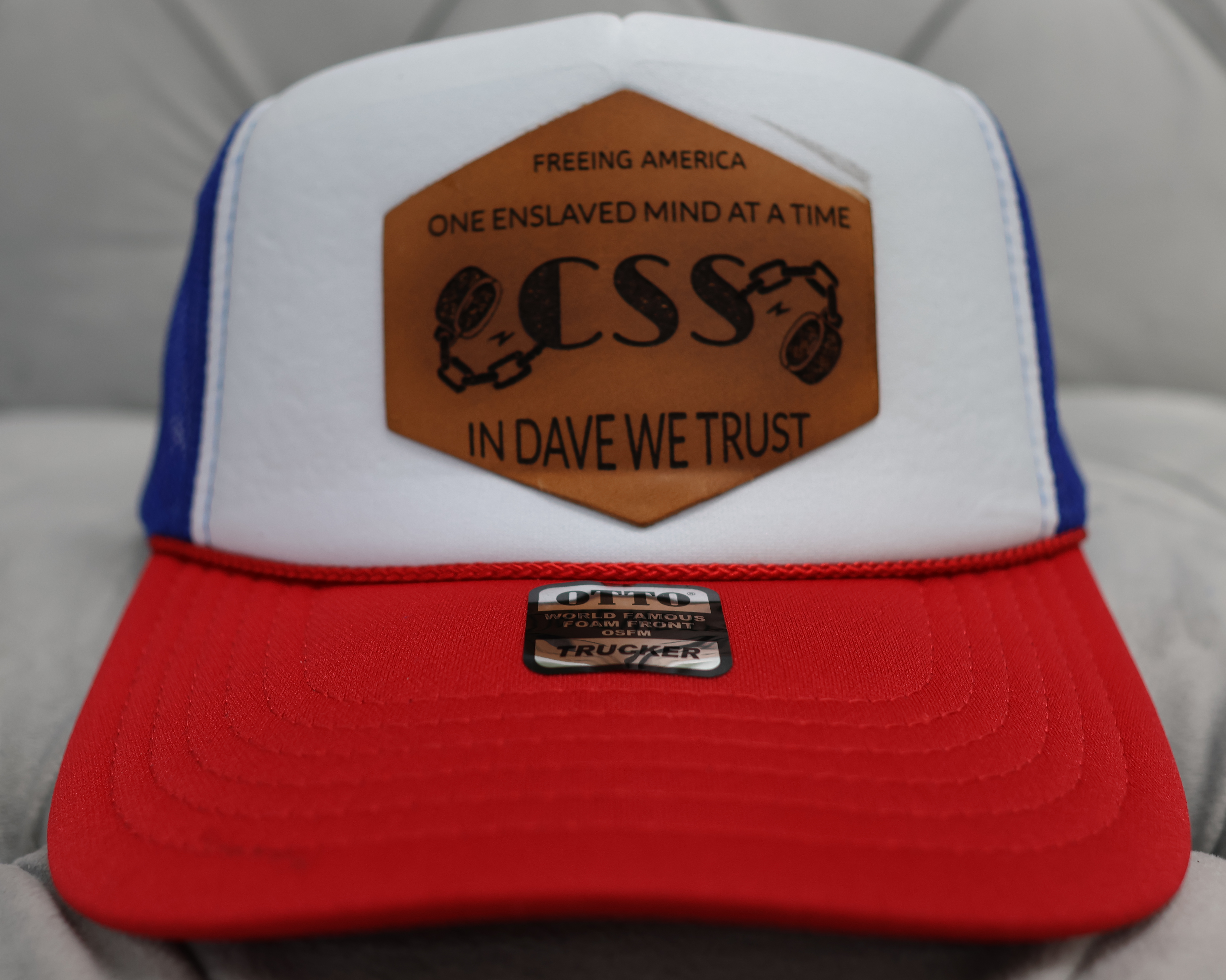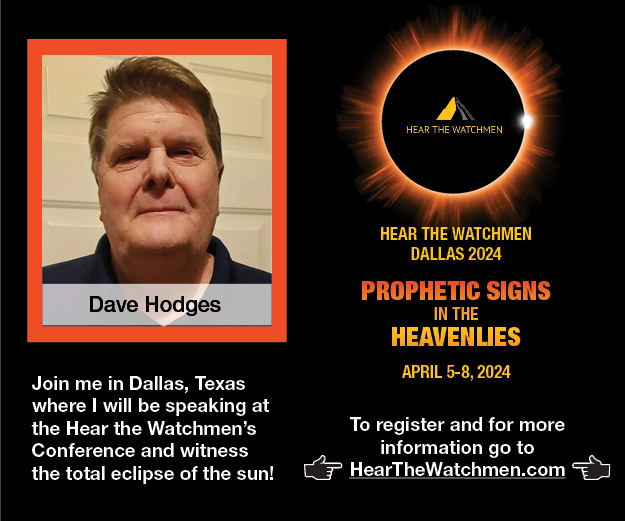Yogi and Boo Boo Better Run for the Hills Because Jellystone Is Waking Up With a Vengeance
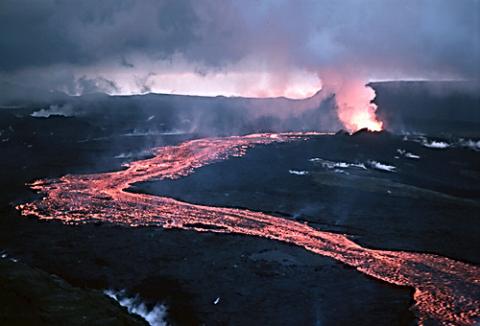
Yogi and Boo Boo Better Run for the Hills Because Jellystone Is Waking Up With a Vengeance
When the ‘big one” hits the Cascadia Subduction Zone, it’s game-over for Seattle
Local media outlets in Western Washington have been talking a lot lately about the Cascadia Subduction Zone, including KING5 in Seattle, which recently published a simulation showing how the state would be impacted by a magnitude 9 earthquake.
For one, large tsunami waves would barrel in and out of the Washington coast, including through inland waterways that connect to Seattle and its surrounding communities. Though the size of these waves would certainly vary, Washington’s Chief Hazards Geologist Corina Forson notes that they would generally be “incredibly tall,” and thus devastating.
Another concern is what’s known as trough, which is when water levels suddenly recede following an earthquake, following their rapid return ashore.
“That’s one of the things we struggle with messaging,” Forson told KING5, which used the example of the massive 2004 Indian Ocean tsunami that pulled water out from the beach before sending it roaring back, killing many.
“When you see the water recede, that could be an indication that the tsunami wave is coming,” she adds.
Another concern is the fact that the Cascadia Subduction Zone is located right next to the Juan de Fuca tectonic plate, which plunges underneath the North American plate. According to National Geographic, a large section of the Juan de Fuca plate is missing underneath central Oregon, or rather tearing apart and splitting the plate, which has raised more concerns about how a cascading seismic event might impact both states.
“What we are looking at right now is the death of an oceanic plate,” says William Hawley, the co-author of a paper published in the journal Geophysical Research Letters that looked at this tear, and how it could play a role in one day triggering a massive earthquake.





